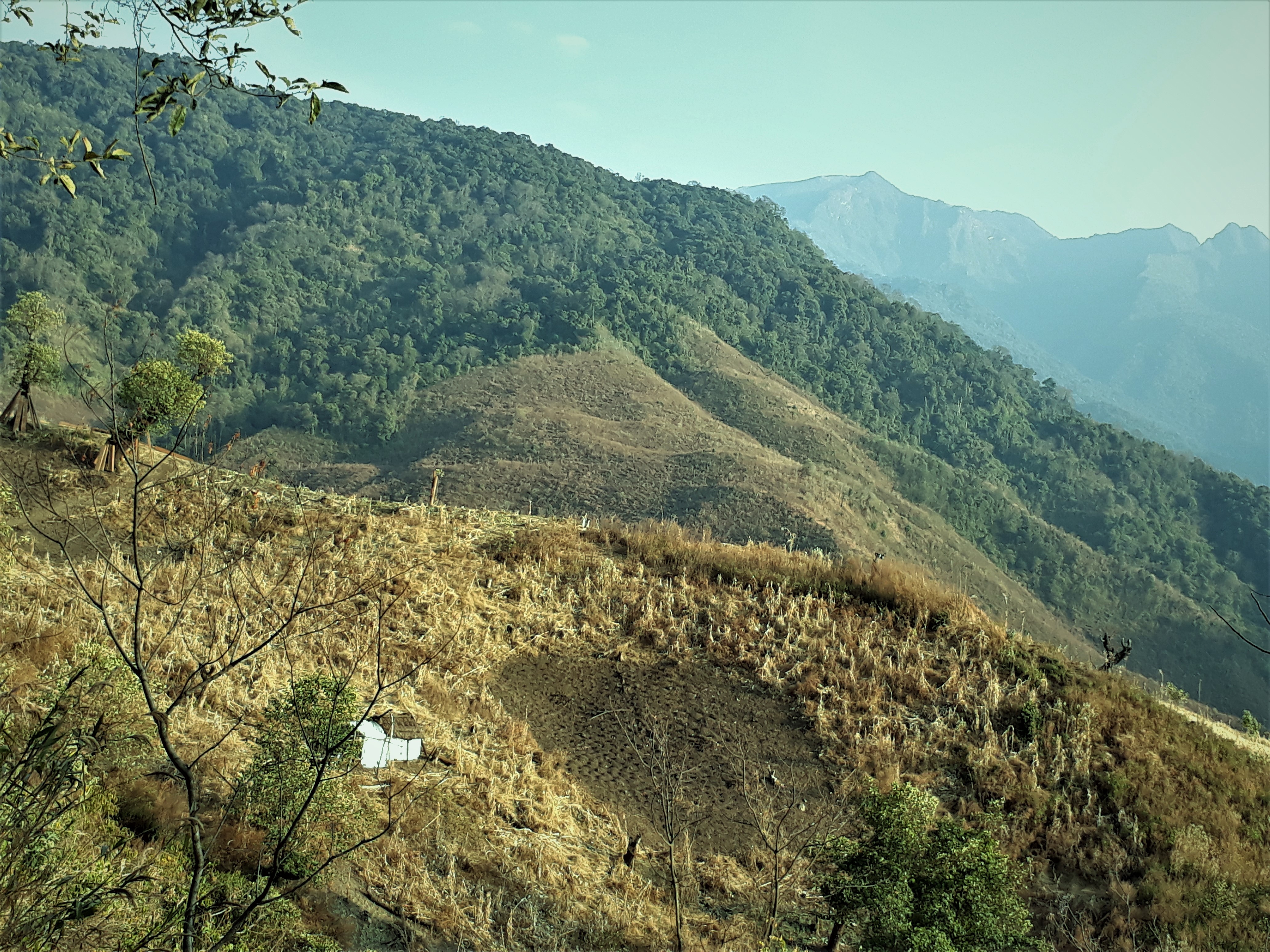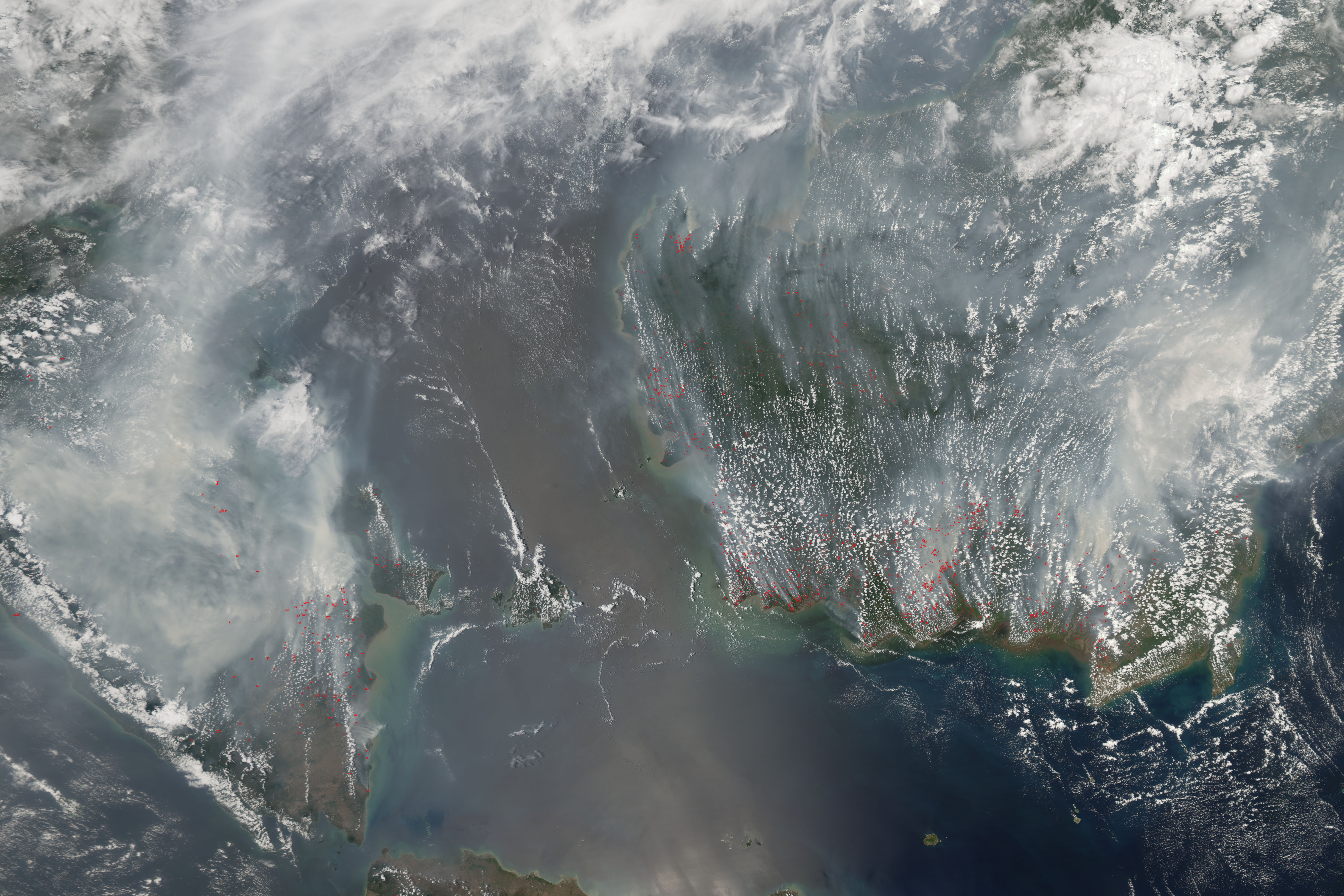|
Sangtam Naga
The Sangtams are one of the major Naga ethnic group native to Kiphire District of Nagaland, India. Like many other ethnic groups in Northeast India, they practice jhum, or shifting cultivation. Unlike other Naga ethnic groups in Nagaland, many of the Sangtam have retained their traditional beliefs in spite of embracing Christianity at the same time. Sangtams celebrate twelve different festivals, in particular '' Mungmung'', all of which are affiliated with their traditional culture and religion. The Sangtam people are one of the major ethnic groups in Nagaland. Towards the Southern part of Nagaland, we have the Sangtam inhabited area under the Kiphire District. The Northern part of Sangtam includes the Longkhim-Chare sub-division of Tuensang District. They are united under the common banner called "United Sangtam." There are 62 (sixty two) villages among the Sangtams, 24 villages under Longkhim-Chare sub-division and 38 villages under Kiphire District. There are seven governme ... [...More Info...] [...Related Items...] OR: [Wikipedia] [Google] [Baidu] |
Sangtam Language
Sangtam, also called Thukumi, Isachanure, or Lophomi, is a Naga language spoken in northeast India. It is spoken in Kiphire District and in the Longkhim-Chare circle in Tuensang district, Nagaland, India. Dialects ''Ethnologue ''Ethnologue: Languages of the World'' (stylized as ''Ethnoloɠue'') is an annual reference publication in print and online that provides statistics and other information on the living languages of the world. It is the world's most comprehensiv ...'' lists the following dialects of Sangtam. *Kizare *Pirr (Northern Sangtam) *Phelongre *Thukumi (Central Sangtam) *Photsimi *Purr (Southern Sangtam) The standardized dialect of Sangtam is based on the Tsadanger village speech variety. Phonology Sangtam is unusual in having two stops with bilabial trilled release, .Coupe (2015"Prestopped bilabial trills in Sangtam" ''Proceedings of the 18th International Congress of Phonetic Sciences, Glasgow, 10–14 August 2015'' All phonemes with /t/ are dental ... [...More Info...] [...Related Items...] OR: [Wikipedia] [Google] [Baidu] |
Naga People
Nagas are various ethnic groups native to northeastern India and northwestern Myanmar. The groups have similar cultures and traditions, and form the majority of population in the Indian states of Nagaland and Manipur and Naga Self-Administered Zone of Myanmar; with significant populations in Arunachal Pradesh and Assam in India; Sagaing Region and Kachin State in Myanmar (Burma). The Nagas are divided into various Naga ethnic groups whose numbers and population are unclear. They each speak distinct Naga languages often unintelligible to the others, but all are somehow in a way loosely connected to each other. Etymology The present day Naga people have been called by many names, like 'Noga' by Assamese, 'Hao' by Manipuri and 'Chin' by Burmese. However, over time 'Naga' became the commonly accepted nomenclature, and was also used by the British. According to the Burma Gazetteer, the term 'Naga' is of doubtful origin and is used to describe hill tribes that occupy the count ... [...More Info...] [...Related Items...] OR: [Wikipedia] [Google] [Baidu] |
Ethnic Group
An ethnic group or an ethnicity is a grouping of people who identify with each other on the basis of shared attributes that distinguish them from other groups. Those attributes can include common sets of traditions, ancestry, language, history, society, culture, nation, religion, or social treatment within their residing area. The term ethnicity is often times used interchangeably with the term nation, particularly in cases of ethnic nationalism, and is separate from the related concept of races. Ethnicity may be construed as an inherited or as a societally imposed construct. Ethnic membership tends to be defined by a shared cultural heritage, ancestry, origin myth, history, homeland, language, or dialect, symbolic systems such as religion, mythology and ritual, cuisine, dressing style, art, or physical appearance. Ethnic groups may share a narrow or broad spectrum of genetic ancestry, depending on group identification, with many groups having mixed genetic ancestry. Ethnic ... [...More Info...] [...Related Items...] OR: [Wikipedia] [Google] [Baidu] |
Kiphire District
Kiphire District (Pron:/ˈkɪfɑɪə/) is a district in the Indian state of Nagaland. At , the district is the tenth-most populous district of Nagaland and 625th most populous district in India with 74,004 inhabitants. The district is home to 3.74% population of Nagaland. The district headquarters is at Kiphire, 230 kilometres from state-capital Kohima. It is the fourth most backward district in India, according to the 2018 NITI Aayog rankings. History Kiphire district was carved out of Tuensang district in 2003. It became the eleventh district of Nagaland after it was carved out. An administrative headquarters at Kiphire was created on 16 June 1952 after surveys were done to open more administrative headquarters. The district was formally created in 2003 with 7 subdivisions, namely, Seyochung, Pungro, Amahator, Kiphire Sadar, Longmatra, Sitimi and Kiusam. Another subdivision, namely, Khongsa was carved out of Pungro subdivision taking the total number of subdivisions of Ki ... [...More Info...] [...Related Items...] OR: [Wikipedia] [Google] [Baidu] |
Nagaland
Nagaland () is a landlocked state in the northeastern region of India. It is bordered by the Indian states of Arunachal Pradesh to the north, Assam to the west, Manipur to the south and the Sagaing Region of Myanmar to the east. Its capital city is Kohima and its largest city is Dimapur. The state has an area of with a population of 1,980,602 as per the 2011 Census of India, making it one of the smallest states in India.Census of India 2011 Govt of India Nagaland became the 16th state of India on 1 December 1963. It is home to a rich variety of natural, cultural and environmental resources. Nagaland is a mountainous state and lies between the parallels of 95 and 94 degrees east longitude and 25.2 and 27.0 degrees latitude north. The high-profile [...More Info...] [...Related Items...] OR: [Wikipedia] [Google] [Baidu] |
Shifting Cultivation
Shifting cultivation is an agricultural system in which plots of land are cultivated temporarily, then abandoned while post-disturbance fallow vegetation is allowed to freely grow while the cultivator moves on to another plot. The period of cultivation is usually terminated when the soil shows signs of exhaustion or, more commonly, when the field is overrun by weeds. The period of time during which the field is cultivated is usually shorter than the period over which the land is allowed to regenerate by lying fallow. This technique is often used in LEDCs (Less Economically Developed Countries) or LICs (Low Income Countries). In some areas, cultivators use a practice of slash-and-burn as one element of their farming cycle. Others employ land clearing without any burning, and some cultivators are purely migratory and do not use any cyclical method on a given plot. Sometimes no slashing at all is needed where regrowth is purely of grasses, an outcome not uncommon when soils are ... [...More Info...] [...Related Items...] OR: [Wikipedia] [Google] [Baidu] |
Mungmung
''Mungmung'' is an annual festival of the Sangtam Nagas held in September in the state of Nagaland, India. See also * List of traditional Naga festivals The various Naga ethnic groups have their own distinct festivals. List The group-specific festivals are: Inter–ethnic festivals To promote inter-group interaction, the Government of Nagaland has organized the annual Hornbill Festival since ... References Festivals in Nagaland {{India-festival-stub ... [...More Info...] [...Related Items...] OR: [Wikipedia] [Google] [Baidu] |
Tuensang District
Tuensang District (Pron:/ˌtjuːənˈsæŋ/) is the largest district in Nagaland, a state in North-East India. Its headquarters is in Tuensang town. History Tuensang is one of the original three districts, along with Mokokchung district and Kohima district formed at the time the state was created. Over the decades, the district has gradually diminished in size with the carving out of Mon, Longleng, Kiphire, Noklak and most recently Shamator districts from it. Special Provision in Indian Constitution Owing to the extreme backwardness of this district, there was a special provision for the administration of Tuensang in the Indian Constitution. According to the provision, no act passed by the Parliament pertaining to the religious and social practices of Nagas, their customary law and procedure or ownership or transfer of land shall have any effect in Tuensang unless it is agreed upon by the Nagaland Legislative Assembly by a resolution. The Governor of Nagaland was given speci ... [...More Info...] [...Related Items...] OR: [Wikipedia] [Google] [Baidu] |
Mürise
Mürise is a village located in the Chümoukedima District of Nagaland. Demographics Mürise is situated in the Chümoukedima District of Nagaland. As per the Population Census 2011, there are a total 134 households in Mürise. The total population of Mürise is 677. See also *Chümoukedima District Chümoukedima District is the 15th List of districts of Nagaland, district of the Indian state of Nagaland. It was created on 18 December 2021. The district is bounded by Kohima district, Kohima District to the east, Peren district, Peren District ... References {{reflist Villages in Chümoukedima district ... [...More Info...] [...Related Items...] OR: [Wikipedia] [Google] [Baidu] |
Chümoukedima District
Chümoukedima District is the 15th List of districts of Nagaland, district of the Indian state of Nagaland. It was created on 18 December 2021. The district is bounded by Kohima district, Kohima District to the east, Peren district, Peren District to the south, Tseminyü district, Tseminyü District & Niuland district, Niuland District to the north-east, Dimapur district, Dimapur District to the north and Karbi Anglong district, Karbi Anglong District of Assam to the west and north-west. The district headquarter is located in the municipality of Chümoukedima. History On 2 December 1997, a notification from the order of the Government of Nagaland under the then-Chief Ministers of Nagaland, Chief Minister S. C. Jamir declared the erstwhile-Dimapur district, Dimapur Sub-Division of Kohima district, Kohima District as a full-fledged District with Chümoukedima as its district headquarter. The Government then initiated the construction of a new Deputy Commissioner's Office Complex ... [...More Info...] [...Related Items...] OR: [Wikipedia] [Google] [Baidu] |
Dimapur District
Dimapur District (Pron:/ˌdɪməˈpʊə/) is a district of Nagaland state in India. With an area of about , it is the smallest district in the state of Nagaland. History Assam lease Dimapur to Nagaland In 1918, Dimapur was leased to then Naga Hills District (Now Nagaland) by then erstwhile Assam Province of British India for 30 years for construction of Railways lines (unclear from which district). In 1963, It was again leased to now state of Nagaland for 99 years. Though, there is refute of this claim, as both state government has not come forward to comment on the matter. On 18 December 2021, two new districts were carved out of Dimapur District namely Chümoukedima District and Niuland District and which became the 14th and 15th district of Nagaland respectively. Administration Divisions * Ao Yimküm * Aoyimti * Bamunpukhuri * Darogajan * Darogapathar * Dimapur Municipality * Ekranipathar * Eralibill * Indisen * Khusiabill * Kuda * Naharbari * Padumpukhuri * Phaipi ... [...More Info...] [...Related Items...] OR: [Wikipedia] [Google] [Baidu] |
Chakhesang Naga
The Chakhesangs are a major Naga ethnic group found in the Indian state of Nagaland. Chakhesangs were previously known as the former Eastern Angamis, now recognized as a separate ethnic group. The Chakhesangs are divided into two groups known as Chokri and Khezha. The name "Chakhesang" was created as an acronym from the names of three ethnic groups: the Chakrü (Chokri), Khezha and Southern Sangtam (now Pochury). Most of the villages fall within Phek District of Nagaland. Two Chakhesang villages (Jessami and Soraphung/Krowemi) are located in the Ukhrul District of Manipur. Notable personalities The following is a list of prominent people belonging to the Chakhesang community. * Zhokhoi Chüzho (b. 1984), Actor * K. G. Kenye (b. 1960), Politician * Vamüzo Phesao (1938–2000), Politician * Chekrovolü Swüro (b. 1982), Archer * Lhüthiprü Vasa (d. 1993), Politician * Mülhüpra Vero (1934–2020), Politician See also *Pochury Naga Pochury is a Naga tribe of Na ... [...More Info...] [...Related Items...] OR: [Wikipedia] [Google] [Baidu] |




